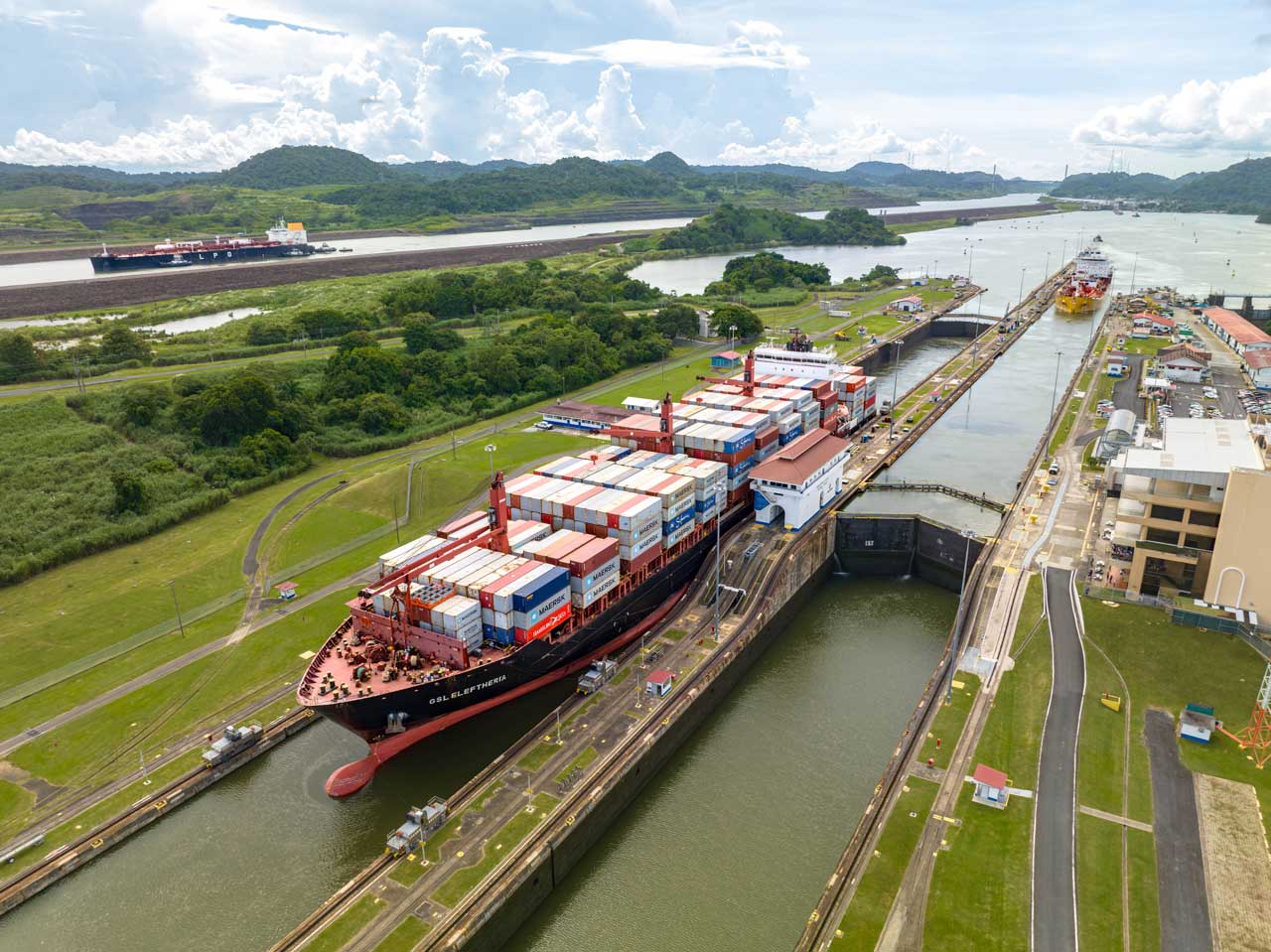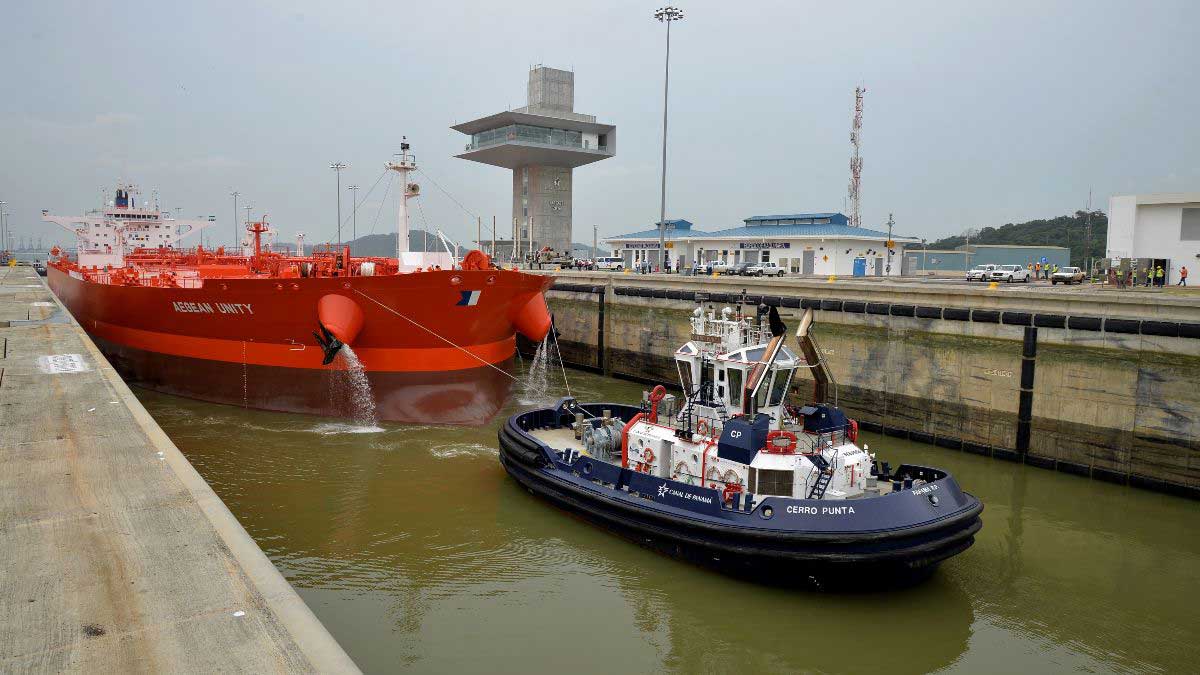DROP IN CWT; INCREASE IN TONNAGE, OVERALL TRANSITS
PANAMA CITY, Panama, August 22, 2005 – The Panama Canal Authority (ACP) announced today third quarter (Q3) operational metrics for fiscal year 2005. Canal Waters Time (CWT), the average time it takes a vessel to transit the Canal, including waiting time for passage, dropped significantly, while CWT for booked transits remained steady. Panama Canal/Universal Measurement System (PC/UMS) tonnage increased, along with transits of Panamax vessels, the largest vessel that can pass through the Canal. Q3 also saw an increase in use of the booking system, as well as an increase in overall transits.
These metrics are based on the third quarter of the ACP’s 2005 fiscal year, April-June 2005, as compared with last year.
The Panama Canal experienced a decline in CWT in Q3, plummeting 15.3 percent – to 23.65 hours from 27.93 hours. For booked transits, CWT did not materially change, increasing just 0.1 percent – to 16.45 hours from 16.43 hours. The drop in CWT can be attributed to ACP efforts in lessening the impact of maintenance at the Locks on customers. The implementation of new lockage and maintenance methodologies, while rehabilitation work of the locomotive tow track is performed, has reduced the need to incur a full closure of a Lock’s lane, allowing, where applicable, for rehabilitation work to carry on with little or no impact in levels of service.
“We at the Panama Canal are really proud of this quarter’s numbers. The drop in CWT is evidence of the dedication our world-class employees place in developing and implementing temporary operational methodologies to maintain quality service, while performing the needed maintenance and improvements to the plant as part of our permanent modernization efforts. These projects bolster capacity and help make the Canal run well,” said ACP Maritime Operations Director Jorge L. Quijano.
In Q3, PC/UMS tonnage increased 5.4 percent – to 71.9 million PC/UMS tons from 68.2 million PC/UMS tons. Panamax vessel transits increased 4.6 percent – to 43.0 percent from 41.2 percent, while overall transits increased by .2 percent – to 3,739 transits from 3,732 transits.
The official accident ratio increased to 0.80 accidents per 1,000 transits in Q3 FY2005 from 0.54 accidents per 1,000 transits in Q3 FY2004. An official accident is one in which a formal investigation is requested and conducted.
Use of the booking system increased 4.5 percent – to 93.9 percent from 89.8 percent. Booked transits are those where the vessels reserve and are guaranteed a transit on a specific date.
*All statistics are made in comparison to the same period (Q3) of the ACP’s 2004 fiscal year.
About the Panama Canal Authority
The Panama Canal Authority is the autonomous agency of the Government of Panama in charge of managing, operating and maintaining the Panama Canal. The operation of the Panama Canal Authority is based on its organic law and the regulations approved by its Board of Directors. For more information, please refer to the Panama Canal Authority’s Web site: www.pancanal.com.
The Authority’s responsibility to the Panamanian people is paramount. The Canal belongs to the people and benefits from the Canal should accrue to as many Panamanians as possible. The Authority will plan its future so that it will continually contribute to the economic development and welfare of the citizens of Panama. For nearly 90 years, the Panama Canal has served as the global gateway – a pathway for the shipment of major world commodities. Since the end of 1999, the ACP assumed the responsibility for the management, operation and modernization of the Canal as well as the protection and conservation of its watershed.




